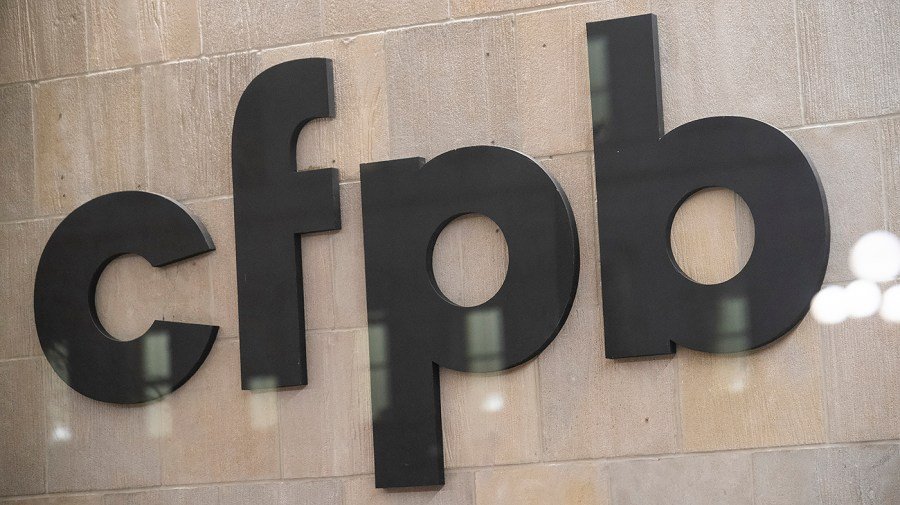The Consumer Financial Protection Bureau (CFPB) has faced legal and political challenges since its creation, but its latest battle has brought the agency to the brink of dissolution. In a recent development, a federal judge has temporarily blocked efforts to dismantle the CFPB, citing legal concerns over its structure and the broader impact on consumer protections. This decision has sparked debates among policymakers, financial institutions, and consumer advocacy groups.
In this article, we’ll explore the background of the CFPB, the reasons behind its potential dissolution, the judge’s ruling, and what this means for consumers and the financial industry moving forward.
What Is the CFPB and Why Is It Controversial?
A Brief History of the CFPB
The CFPB was established in 2011 as part of the Dodd-Frank Wall Street Reform and Consumer Protection Act. Its mission is to oversee financial institutions, enforce consumer protection laws, and regulate practices in banking, lending, and credit reporting.
Why Has the CFPB Faced Criticism?
While consumer advocates view the CFPB as a safeguard against financial exploitation, critics—particularly within the banking industry and conservative political circles—argue that:
- The agency has too much regulatory power.
- It operates with limited oversight from Congress.
- Its rules create burdens for financial institutions, potentially limiting access to credit and financial services.
These concerns have fueled legal challenges aimed at limiting or even dissolving the CFPB.
Why Was the CFPB Facing Dissolution?

The latest push to dissolve the CFPB stems from:
- Legal Challenges to Its Structure: Opponents argue that the CFPB’s funding structure, which bypasses congressional appropriations, is unconstitutional.
- Shifts in Political Leadership: Changes in administration have brought efforts to weaken the agency, with recent lawsuits seeking to dismantle it entirely.
- Financial Industry Pressure: Banks and lending institutions have long opposed CFPB regulations, claiming they stifle innovation and increase costs.
The lawsuit to dissolve the CFPB gained traction in recent months, leading to the current legal showdown.
The Federal Judge’s Ruling: Key Takeaways
Temporary Halt on Dissolution
A federal judge issued a temporary injunction preventing the immediate dismantling of the CFPB. The decision cited concerns about the potential impact on consumers and the broader financial system.
Legal Justification
- The judge argued that dissolving the agency before a full legal review could create chaos in the financial sector.
- The ruling emphasized that consumer protections could be at risk without an orderly transition plan.
- The court recognized the ongoing constitutional debate over the CFPB’s structure but opted to preserve the status quo until further hearings.
What’s Next?
While the ruling halts immediate action, it does not permanently settle the issue. The case is expected to continue in higher courts, potentially reaching the Supreme Court.
Impact on Consumers and the Financial Industry
For Consumers
If the CFPB were dissolved, it could mean:
- Weaker protections against predatory lending.
- Reduced oversight of credit reporting agencies.
- Potential rollback of regulations on payday loans and credit card fees.
For now, consumer rights remain intact, but the uncertainty surrounding the agency’s future has raised concerns.
For Financial Institutions
- Banks and lenders may see potential deregulation as an opportunity for growth.
- However, legal uncertainty makes it difficult for institutions to plan for long-term compliance strategies.
Conclusion: A Legal Battle Far from Over
The CFPB’s future remains uncertain as legal battles continue. While the federal judge’s ruling temporarily prevents its dissolution, the agency still faces significant challenges. Consumers, businesses, and lawmakers alike are watching closely to see how this case unfolds—and what it means for the future of financial regulation in the U.S.
Also Read – The UAW’s Risky Path to Finding Common Ground with Trump on Tariffs





